Henrik Ibsen
A DOLLS HOUSE AND OTHER PLAYS
with Pillars of the Community, Ghosts and An Enemy of the People
Translated by
DEBORAH DAWKIN and ERIK SKUGGEVIK
Introduced by
TORE REM
General Editor
TORE REM
PENGUIN

CLASSICS
A DOLLS HOUSE AND OTHER PLAYS
HENRIK IBSEN (18281906) is often called the Father of Modern Drama. He was born in the small Norwegian town of Skien and made his debut as a writer with the three-act play Catilina (1850). Between 1851 and 1864 he was artistic director and consultant for theatres in Bergen and Christiania (later spelt Kristiania; now Oslo), and contributed strongly to a renewal of Norwegian drama, writing plays such as The Vikings at Helgeland (1858), Loves Comedy (1862) and The Pretenders (1863). In 1864 he left Norway on a state travel stipend and went to Rome with his wife Suzannah. This marked the beginning of what would become a 27-year-long voluntary exile in Italy and Germany. Ibsen experienced a critical and commercial success with the verse drama Brand (1866); this was followed by his other great drama in verse, Peer Gynt (1867), the prose play The League of Youth (1869) and his colossal Emperor and Galilean (1873), a world-historical play, also in prose. The next decisive turn in Ibsens career came with Pillars of the Community (1877), the beginning of the twelve-play cycle of modern prose plays. Here he turned his attention to contemporary bourgeois life, rejecting verse for good. This cycle would include A Dolls House (1879), Ghosts (1881), An Enemy of the People (1882), The Wild Duck (1884), Rosmersholm (1886), The Lady from the Sea (1888), Hedda Gabler (1890), The Master Builder (1892), Little Eyolf (1894), John Gabriel Borkman (1896) and, finally, When We Dead Awaken (1899). By the time Ibsen returned to Norway in 1891, he had acquired Europe-wide fame, and his plays soon entered the canons of world literature and drama. Following a series of strokes, he died at home in Kristiania at the age of seventy-eight.
DEBORAH DAWKIN originally trained and worked as an actress and theatre director for ten years. She has worked as a translator from Norwegian to English for ten years in collaboration with Erik Skuggevik and independently, translating novels, short stories, cartoons, poetry and non-fiction. Her translation of Johan Harstads Buzz Aldrin, What Happened to You in All the Confusion? (2011) was longlisted for the Best Translated Book Award, 2012. With a particular interest in translation history, Deborah currently holds a Collaborative Doctoral Award with University College London and the British Library, researching the life and work of Ibsen translator Michael Meyer.
ERIK SKUGGEVIK has a background in theatre. He has worked as a translator from Norwegian to English for fifteen years. In collaboration with Deborah Dawkin, he has translated novels by Ketil Bjrnstad and Lars Ramslie and, over many years, the cartoon strip Nemi, as well as non-fiction works by Ingar Sletten Kolloen and Petter Aaslestad. He has been a lecturer in both Translation Studies and Intercultural Communication at the University of Surrey as well as a Norwegian teacher at University College London and the University of Oslo. He currently lectures in Interpreting Studies at Oslo University College.
TORE REM is Professor of British Literature at the Department of Literature, Area Studies and European Languages, the University of Oslo. He has published extensively on British and Scandinavian nineteenth-century literature and drama, including the books Dickens, Melodrama and the Parodic Imagination (2002) and Henry Gibson/Henrik Ibsen (2006), as well as on life writing, the history of the book, reception studies and world literature. Rem has been Christensen Visiting Fellow at St Catherines College, Oxford, was director of the board of the Centre for Ibsen Studies and is a member of the Norwegian Academy of Science and Letters.
Chronology
1828 Henrik Johan Ibsen born to Marichen and Knud Ibsen, a retailer and timber trader, in the town of Skien, 100 km south of Oslo (then Christiania).
1833 Starts school at Skien borgerskole (borgerskoler were schools for the bourgeoisie of the towns).
1835 Knud Ibsen is declared bankrupt. The familys property is auctioned off, and they move to the farm Venstp in the parish of Gjerpen, just east of Skien.
1843 Travels to the coastal town of Grimstad, about 110 km south of Skien, where he is made apprentice in an apothecarys shop.
1846 Hans Jacob Hendrichsen is born to Else Sophie Jensdatter, the apothecarys maid, on 9 October. Ibsen accepts patrimony and is required to pay maintenance for the next fourteen years.
1849 Writes Catilina, his first play, as well as poetry, during the winter. Has his first poem, I hsten (In Autumn), published in a newspaper at the end of September.
1850 Leaves Grimstad on 12 April, the publication date of Catilina. The play is published under the pseudonym Brynjulf Bjarme. Visits his family in Skien for the last time.
Goes to the capital, Christiania, where he sits the national high school exam in the autumn, but fails in arithmetic and Greek.
His first play to be performed, Kjempehien (The Burial Mound), is staged at the Christiania Theater on 26 September.
1851 Starts the journal Manden, later Andhrimner, with friends.
The famous violinist Ole Bull hires Ibsen for Det norske Theater (the Norwegian Theatre), his new venture in Bergen. Ibsen begins as an apprentice, then becomes director and resident playwright. He agrees to write and produce one new play for the theatre every year.
1852 Spends over three months in Copenhagen and Dresden studying Danish and German theatre.
1853 Sancthansnatten (St Johns Night) opens on 2 January, the founding date of Det norske Theater.
1855 Fru Inger til steraad (Lady Inger of Ostrat) performed at Det norske Theater on 2 January.
1856 First real success with Gildet paa Solhoug (The Feast at Solhoug) at Det norske Theater; the play is subsequently performed at the Christiania Theater and published as a book.
Becomes engaged to Suzannah Daae Thoresen.
1857 Olaf Liljekrans premieres at Det norske Theater to a disappointing reception.
Moves to Christiania during the summer and takes up the position of artistic director at the Kristiania Norske Theater (Kristiania Norwegian Theatre) from early September.
First performance outside of Norway when The Feast at Solhoug is staged at the Kungliga Dramatiska Theatern (Royal Dramatic Theatre) in Stockholm in November.
1858 Marries Suzannah Thoresen in Bergen on 18 June.
Hrmendene paa Helgeland (The Vikings at Helgeland) has its first night at the Kristiania Norske Theater on 24 November and is met with a resoundingly positive response.
1859 A son, Sigurd Ibsen, is born to Suzannah and Henrik Ibsen on 23 December.

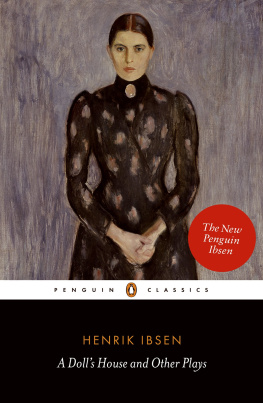

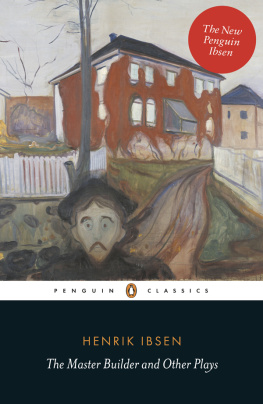
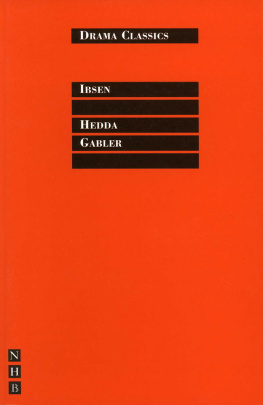

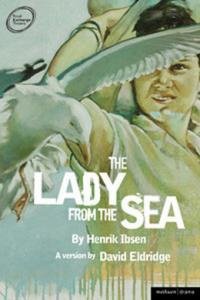
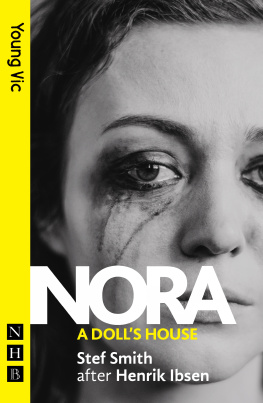
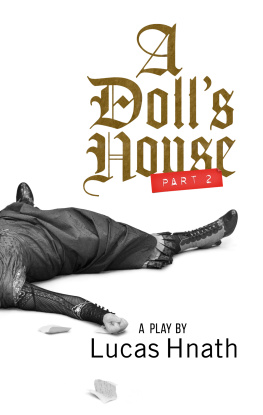
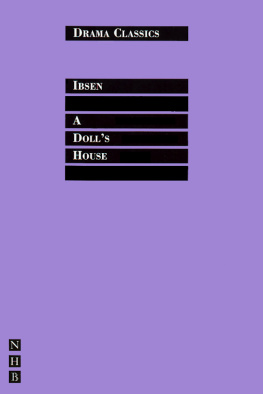



 CLASSICS
CLASSICS